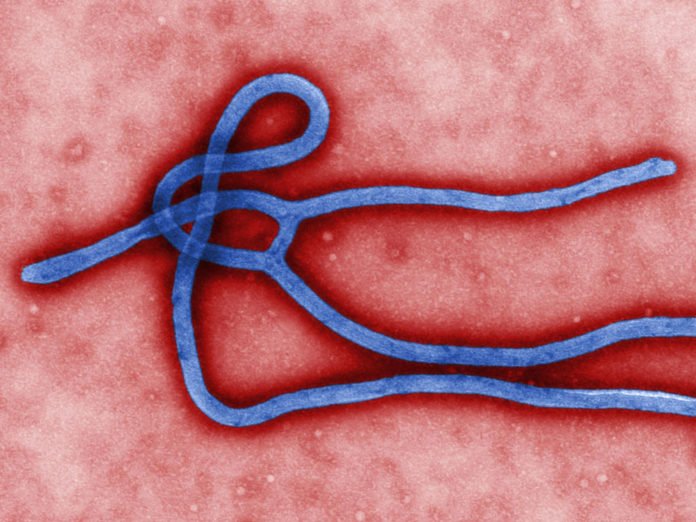A novel approach to detect immunity to Ebola virus infection has been UCL and Imperial College London.
In 2014, the major Ebola outbreak in West Africa, arouse researchers to find a solution and resulted in a development of a wide number of diagnostic to allow rapid diagnosis of patients, however, detection of antibodies is still performed using expensive, time-consuming lab-based equipment.
During this outbreak, nearly 29,000 people were infected and there were more than 11,000 fatalities, so far the limitations in available diagnostic and prognostic tests meant that less than 60 percent of cases were diagnosed.
Dr Polina Brangel, who led the research while a PhD student with Professor Molly Stevens at Imperial College London prior to moving to UCL, said, “The most recent outbreak in 2017, which occurred in a very remote, forested region of the Democratic Republic of Congo, highlighted the need for simple and portable tests not only for diagnosis but also to detect immunity to the virus for effective disease surveillance.”
Considering these fatalities new approach is invented which recently published in ACS Nano, this uses lateral flow technology, similar to that of a pregnancy test, coupled with smartphones to provide a promising alternative to lab-based testing.
Professor Rachel McKendry, Professor of Biomedical Nanotechnology at UCL and Director of i-sense said, “This research represents a major milestone for i-sense and harnesses the power of mobile phones and paper microfluidic tests to rapidly analyze a patient’s immune response to Ebola with geo-located information to map disease ‘hotspots’ in Uganda.”
The test detects IgG antibodies against key viral proteins, which plays an important role as the basis of most currently developed vaccines. Unlike similar tests, it also classifies this protein against two additional viral proteins, which could be used as a tool for the identification of exposed populations to the deadly virus, as well as the predication of acute patient survival rate.
Coupling lateral flow tests and smartphones to track, test and treat infectious diseases provides significant advantages for point-of-care testing, as well as disease surveillance and outbreak control.
Professor McKendry said, “This proof of concept study conducted using patient samples in a laboratory setting paves the way for future field studies.”
Where lab-based tests take up to five hours, this point-of-care test takes merely 15 minutes to give the result. This test would be beneficial to get faster access to treatment and care, as well help to prevent further infection.
The identification of IgG antibodies might help understand exposure to the different strains of the Ebola virus, enable detection of immunity in the early stages of recovery, and potentially benefit the detection of asymptomatic infections and pre-vaccination assessment.
Co-author Dr. Leslie Lobel (Ben Gurion University of the Negev) added, “This research will most certainly enable rapid diagnosis of severe viral diseases in remote locations, thereby mitigating disease spread and rapidly controlling the extent of an outbreak. In short, it will revolutionize infectious disease control on a global scale.”
In future, the identification of antibodies is particularly advantageous for developing vaccines as it provides a more enhanced evaluation of vaccine efficiency under outbreak conditions.
